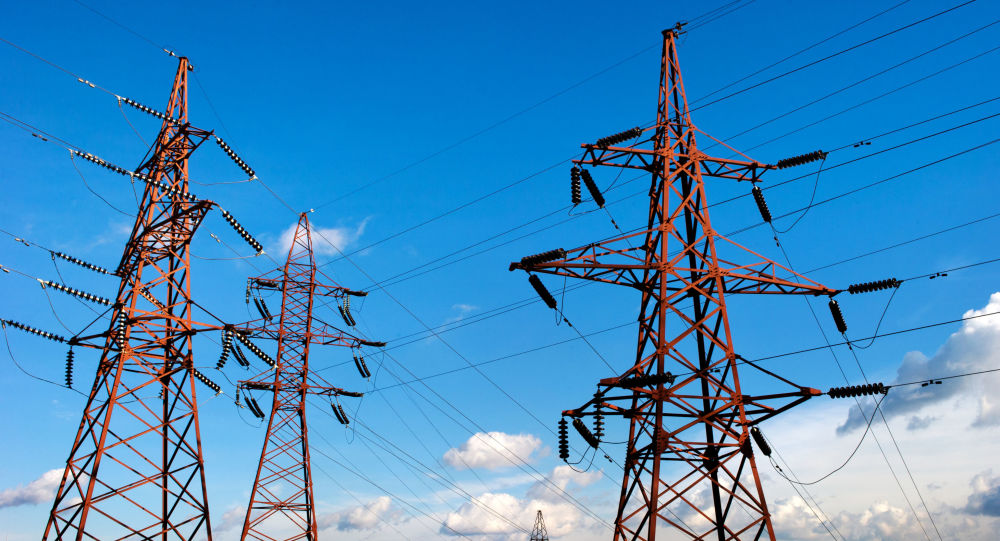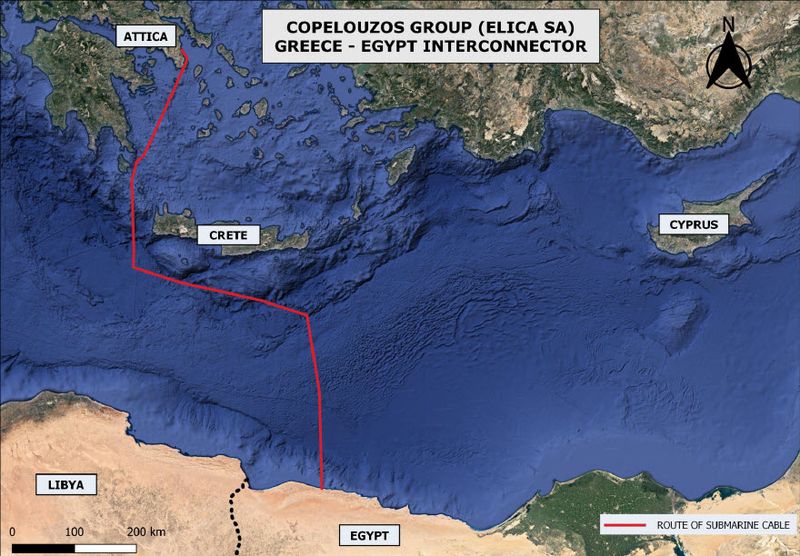How Israel and Egypt will electrify Europe

Greece could become a European electricity hub through the development of interconnections with Israel and Egypt. All the details of the projects
Given the urgency to significantly and quickly reduce energy dependence on Russia, the European Union could decide to engage more in two projects on the construction of cables for the transport of electricity from Israel and Egypt to Greece.
EGYPT, ISRAEL AND CYPRUS
The Greek-Egyptian connection would be direct; the Greek-Israeli one, on the other hand, would pass through Cyprus. In addition to strengthening European energy security, the projects would also be consistent with the Brussels climate objectives: one of the cables, in fact, is designed precisely for the transport of electricity generated from "clean" sources, with zero greenhouse gas emissions.
DETACHMENT FROM RUSSIA AND ENERGY TRANSITION
Manos Manousakis, CEO of Admie (the operator of the Greek electricity transmission grids), said that “electricity connections to Europe from other sources will clearly offer an opportunity to reduce energy dependence on Russia. And if Europe intends to pursue green energy ”, he added,“ it cannot ignore the enormous solar potential of North Africa and the Middle East ”.
RE-EXPORTABLE SURPLUS
Cable projects, Bloomberg writes, have the potential to not only replace all the gas Greece imports from Russia, but also to ensure a surplus that Athens could then send to its neighbors, improving the overall stability of the European electricity grid.
LOAN REQUESTS
The Greece-Egypt connection is supported by both the Greek and Egyptian authorities; however, it would need funding from Brussels.

Elica – the Greek company, part of the Copelouzos group, which deals with the project – has submitted an application to the European institutions to include it in the list of projects of common interest, in order to facilitate the collection of funds. Elica estimates that around € 3.5 billion is needed, which would be provided by both Greek banks and the European Investment Bank (EIB).
The Greek grid operator Admie and the Egyptian electricity transmission company are working on the technical aspects of the infrastructure.
EUROPEAN FUNDS, AND NOW
Manousakis said the interconnection project "needs European funding and the hope is to submit a request for funding to the European Commission within the next twelve months". Once the authorizations have been obtained, the works will start immediately, he explained, but Brussels "will have to show flexibility in its control process, which is traditionally rather slow".
THE EGYPT-GREECE CABLES
The submarine and bidirectional electric cables between Greece and Egypt, with 3 gigawatts of capacity, were planned in 2008; the project was then shelved due to the Arab Spring and the change of government in Cairo. Completing the infrastructure would take between six and eight years of construction.
According to Elica estimates, the electricity supplied to Greece could come from Egyptian renewable plants (the country wants to reach 61 GW of capacity by 2035, against the current 6.4). Athens could also use some of it to produce green hydrogen, to be used both for domestic consumption and for export to the rest of Europe.
Admie and Terna, the company that manages the Italian electricity transmission grid, are evaluating the feasibility of a second electricity interconnector between their respective countries, with a capacity of up to 1 GW. The Greek operator is also studying the strengthening of connections with Albania and North Macedonia.
THE GREECE-CYPRUS-ISRAEL INTERCONNECTOR
The project for an interconnector between the electricity grids of Israel, Cyprus and Greece, called EuroAsia, is at a more advanced stage than that with Egypt. It consists of a 1208 kilometer long cable, which will supply electricity produced from both natural gas and renewable sources.
The initial stage of EuroAsia has an estimated cost of € 2.5 billion and a transmission capacity of 1 GW, which would double with the transition to the second stage. Construction work is expected to finish towards the end of 2025, and the infrastructure is therefore expected to come into operation in the first half of 2026.
In January, the European Union agreed to provide € 657 million in funding to the section of EuroAsia linking Cyprus to the Greek island of Crete, in addition to the € 100 million already foreseen in the recovery plan. Cyprus is, at the moment, the only European state not connected to the Community network.
US SUPPORT
Last January, the United States confirmed its support for the structures for transporting energy from the Eastern Mediterranean Sea to continental Europe, specifying however that it is "shifting" its "focus" from gas pipelines to electricity interconnectors, which “They can support both gas and renewable energy sources”. In a statement, Washington mentioned the EuroAsia and EuroAfrica interconnectors (which connects the electricity grids of Greece, Cyprus and Egypt).
THE ISRAEL-EGYPT COLLABORATION ON GAS
Beyond the power lines, the European Union is also working on an agreement to import Israeli gas via Egypt. More specifically, the plan provides for the gas from Israel to be liquefied in the Egyptian plants of Idku and Damietta, and then sent from there to Europe.
The use of the Egyptian liquefaction plants would allow Europe to access the fields of the eastern Mediterranean without having to commit to the construction of an expensive and politically complex gas pipeline (opposed by Turkey) such as EastMed . The hypothetical centrality of Damietta could also favor Italy, given that the plant is partly owned by Eni.
This is a machine translation from Italian language of a post published on Start Magazine at the URL https://www.startmag.it/energia/israele-egitto-elettricita-grecia/ on Thu, 02 Jun 2022 06:05:06 +0000.
